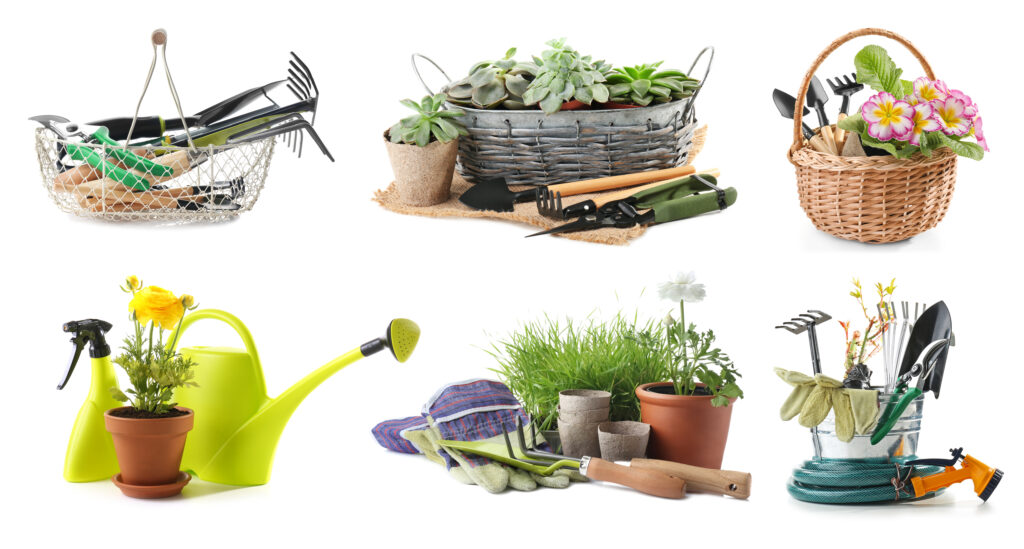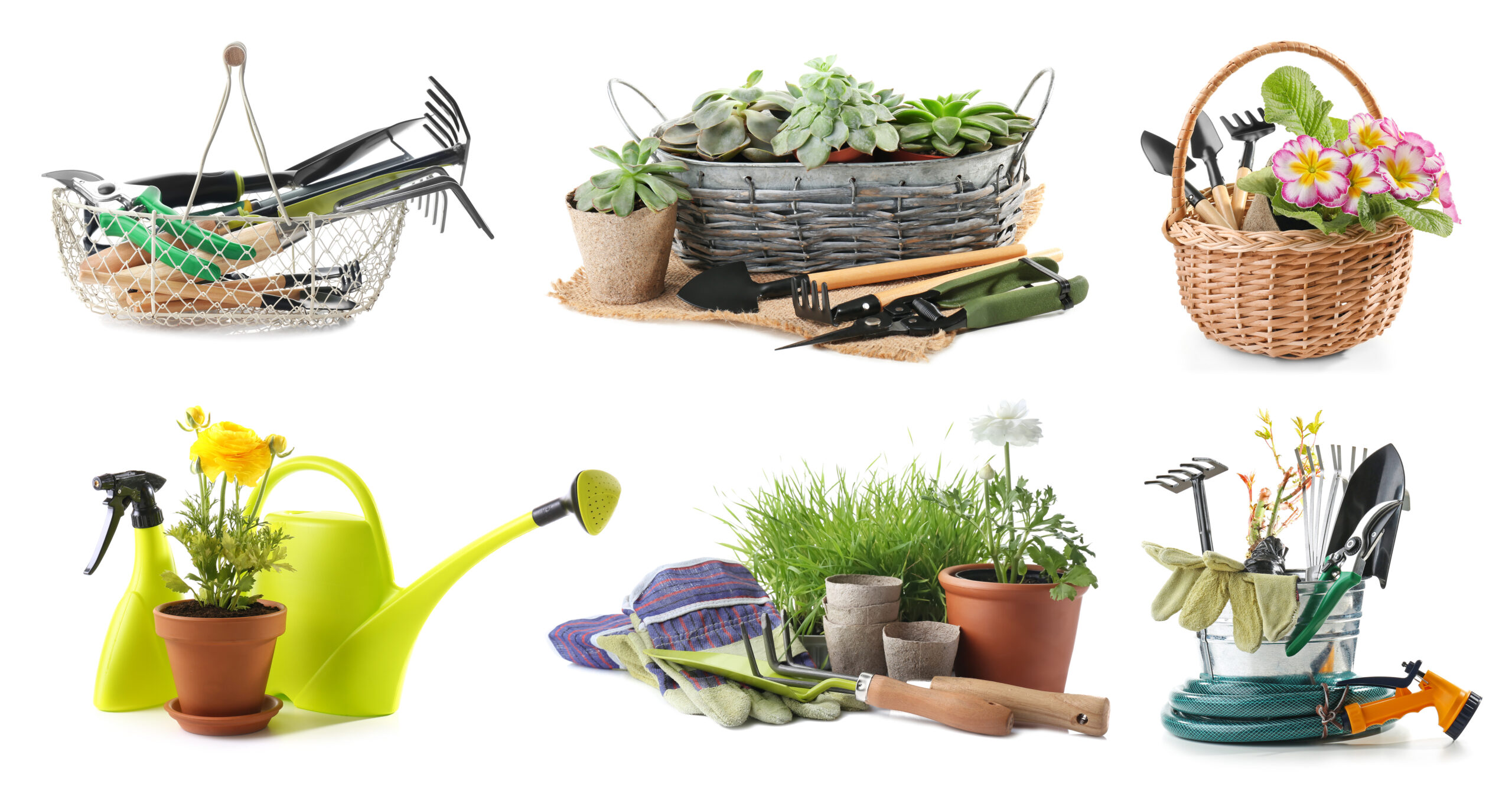
Embracing Efficient Water Use
Water-wise gardening, also known as xeriscaping, focuses on conserving water through smart gardening practices and drought-resistant plant choices. This approach is not only essential in arid regions but beneficial everywhere, promoting sustainability and reducing reliance on municipal water systems. By adopting water-wise principles, gardeners can create lush, beautiful gardens that thrive even in conditions of limited water availability.
Choosing Drought-Resistant Plants
The cornerstone of water-wise gardening is selecting plants that are naturally adapted to thrive with less water. Succulents, native grasses, and many perennial herbs have evolved to survive in dry conditions by storing water or developing deep root systems. Incorporating these plants into your garden reduces the need for frequent watering, saving time and resources while still providing color and texture to your landscape.
Improving Soil to Retain Moisture
Enhancing your soil’s ability to retain moisture is crucial in a water-wise garden. Adding organic matter such as compost or well-rotted manure can significantly increase the water-holding capacity of sandy soils and improve drainage in clay soils. Mulching with organic materials like straw, bark, or leaves also helps retain soil moisture, reduces evaporation, and keeps roots cool.
Efficient Watering Techniques
Watering efficiently means giving your plants the right amount of water, at the right time, in the right way. Drip irrigation systems and soaker hoses deliver water directly to the base of plants, minimizing waste and evaporation compared to overhead sprinkling. Watering early in the morning reduces evaporation and helps prevent fungal diseases by allowing foliage to dry quickly. Collecting rainwater in barrels can provide an eco-friendly water source for your garden.
Utilizing Mulch to Conserve Water
A thick layer of mulch around your plants can dramatically reduce water evaporation from the soil, decrease the need for watering, and keep plant roots cool and moist. Organic mulches, such as wood chips or straw, not only conserve water but also break down over time, improving soil health and fertility. Inorganic mulches like gravel or rocks are particularly suited to cactus and succulent gardens, reflecting heat and conserving moisture.
Creating Water Zones
Zoning involves grouping plants with similar water needs together, which maximizes efficiency by allowing you to water based on the needs of each zone, rather than watering the entire garden uniformly. This strategic layout ensures that water-loving plants get the moisture they need without overwatering more drought-tolerant species, making the most of every drop of water.
Implementing Rain Gardens and Swales
Rain gardens and swales are designed to capture runoff water from roofs, driveways, and other impervious surfaces, directing it to areas where it can be absorbed by plants rather than flowing into storm drains. These features not only conserve water but also filter pollutants and improve garden drainage, enhancing the sustainability of your garden.
Educating Yourself and Your Community
Becoming water-wise in gardening practices is not only about implementing specific techniques but also about fostering a broader awareness of water conservation. Educate yourself on local water issues, share water-saving tips with fellow gardeners, and participate in community efforts to promote sustainable water use. By spreading knowledge and encouraging water-wise practices, gardeners can make a significant impact on conserving this precious resource.
Water-wise gardening combines practicality with environmental stewardship, creating gardens that are both beautiful and sustainable. By carefully selecting plants, improving soil, employing efficient watering methods, and utilizing landscape features to manage water, gardeners can ensure their gardens thrive while conserving water and supporting the health of the planet.


